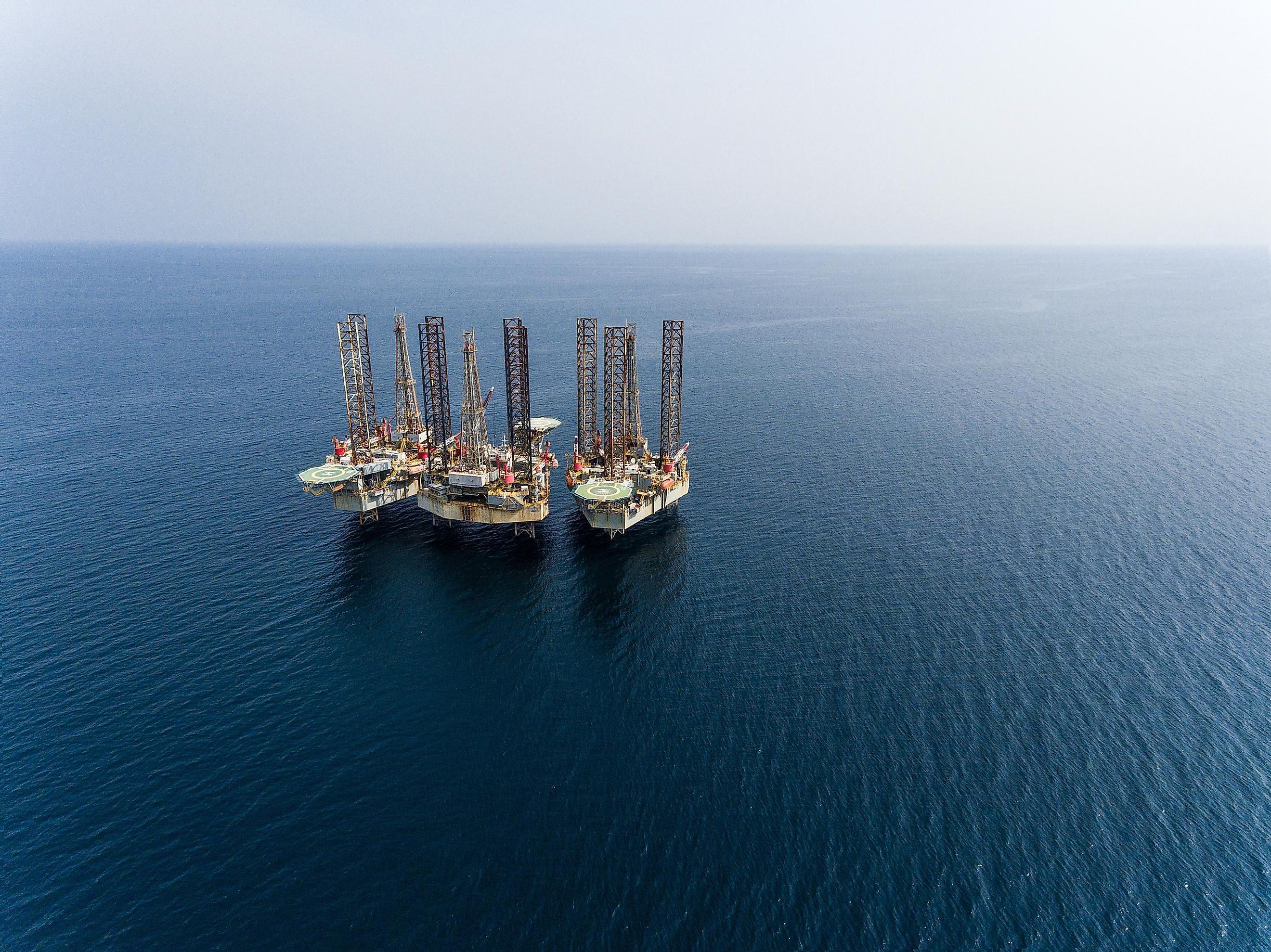
Gulf Of Guinea
A gulf is defined as a portion of the ocean that penetrates the land. They are formed as a result of plate tectonics and are often connected to the ocean by narrow water passages known as straits. Covering an area of 2.35 million km2, the Gulf of Guinea is the northeasternmost portion of the tropical Atlantic Ocean located off the western coast of the continent of Africa.
Contents:
- Where Is The Gulf Of Guinea?
- Important Geographical Features
- Marine Life
- Major Cities/Towns Along The Coast
- Pirates In The Gulf Of Guinea
Where Is The Gulf Of Guinea?
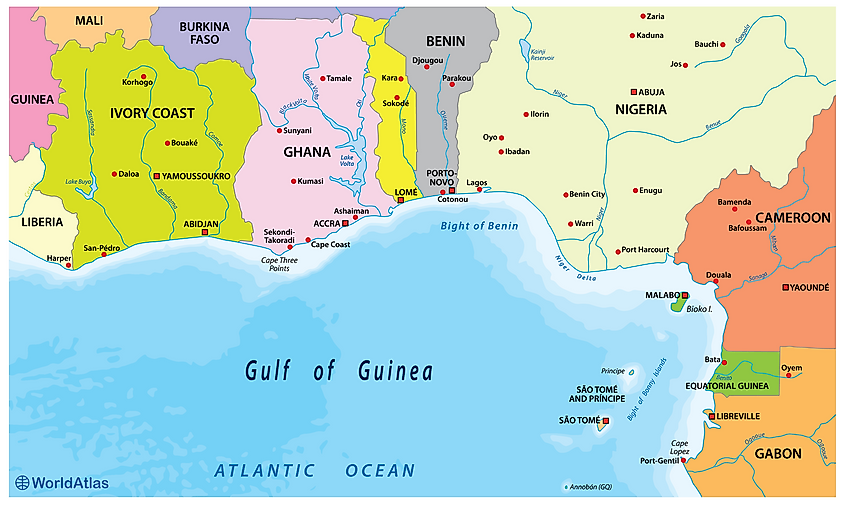
The Gulf of Guinea extends from Cape Lopez to Cape Palmas. It is found at the junction of the Prime Meridian and the Equator at 0°0’N and 0°0’E. The coastline of the Gulf of Guinea is remarkably similar to the continental margin of South America (that runs from Brazil to the Guianas), thus establishing a clear confirmation of the theory of continental drift.
Important Geographical Features
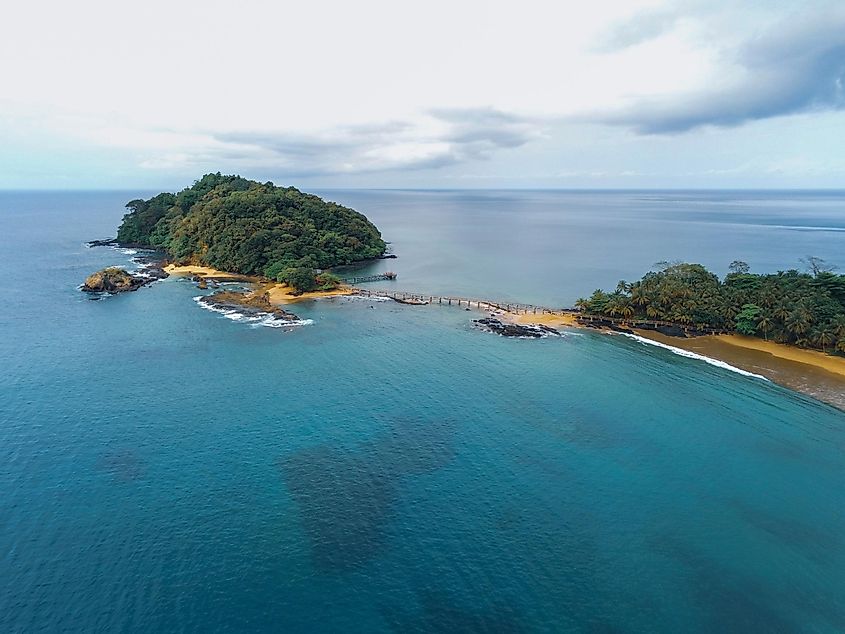
The Gulf of Guinea has a narrow continental shelf that widens to only 160 km from Sierra Leone to the Bijagós Archipelago of Guinea-Bissau. The warm Guinea Current washes the northern coasts of the Gulf. The tropical waters of the gulf are separated from the cool Canary and Benguela currents by a sharp coastal frontal area of the Senegal River and the Congo River. The Gulf of Guinea has warm tropical waters with relatively low salinity because of the rivers that drain into it and also due to the high rainfall in the region. This warm water is separated from the colder, more saline waters by a thin layer of water (thermocline) between the lower and upper levels. The coastal region of the Gulf of Guinea is mostly low-lying and is interspersed with mangrove swamps, marshes, and lagoons.
Among the major rivers that drain into the Gulf of Guinea include the Volta and Niger rivers. The Bight of Bonny and the Bight of Benin regions are located along the coast of the Gulf of Guinea. These bights form the western edge of Africa’s tectonic plate. Four main productive zones are found in the Gulf of Guinea due to coastal upwelling. These are the Gabon-Congo area, the Senegal-Liberia area, Cote d'Ivoire – Ghana, and the Congo River outflow.
The islands of the Gulf of Guinea form a part of the Cameroon line of volcanoes. The largest of these islands extend for some 450 miles from southwest-northeast. Some of these islands include Annobon (Pagalu), Corisco, Bioko, and the Small and Great Elobeys (all in Equatorial Guinea), Bobowasi Island in Ghana, and the island nation of São Tomé and Principe. The islands in Equatorial Guinea are covered by mangroves and tropical moist forests.
Marine Life
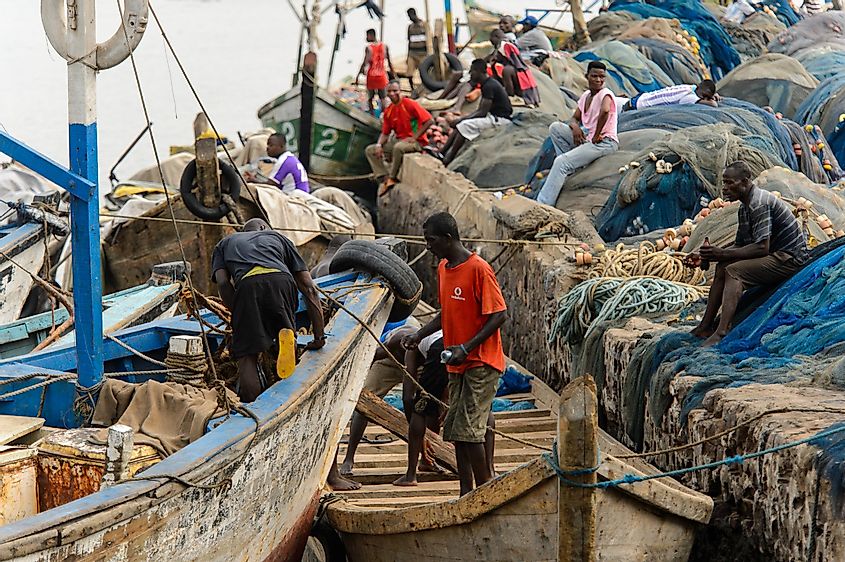
Compared to the Indo-Pacific biogeographic realm, the diversity of marine flora and fauna is very much limited in the Gulf of Guinea. The main pelagic fish species that are found in the Gulf of Guinea include herrings, round sardines, tilapias, anchovies, and mackerels. The demersal (bottom-feeding) fish that are found here include croakers, perches, catfish, pink shrimps, etc. In addition to the fishes, turtles, marine mammals, and seabirds are also found here. Some corals can be found in the coastal and offshore regions; however, true coral reef ecosystems are absent.
Major Cities/Towns Along The Coast
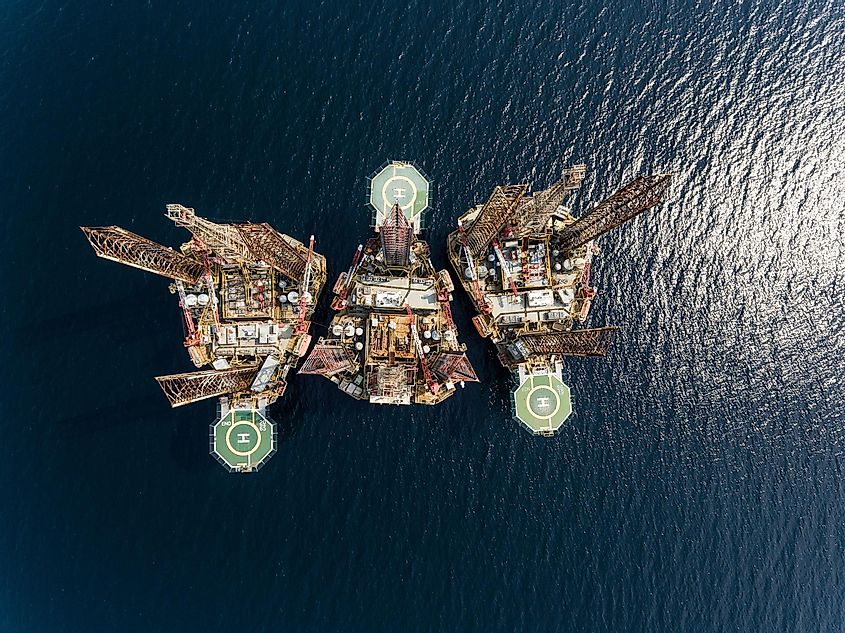
The 16 coastal countries that are situated along the Gulf of Guinea are Angola, Benin, Cameroon, Cote d'Ivoire, Democratic Republic of Congo, Republic of Congo, Guinea, Equatorial Guinea, Guinea-Bissau, Gabon, Nigeria, Ghana, São Tomé and Principe, Togo and Sierra Leone.
The Gulf of Guinea region accounts for more than 35% of the world’s total petroleum reserves. Several minerals including diamonds, uranium, copper, manganese, gold, tin, bitumen, phosphates, granite, marble, quartz, silver, mica, etc., are found here. The principal economic activities of the Gulf of Guinea region are petroleum exploration, mining and gas flaring, port operations, and fishing.
Pirates In The Gulf Of Guinea
The Gulf of Guinea is one of the world’s most dangerous gulfs because of the widespread piracy that has severely affected many countries in West Africa along with other international countries. The pirates operating in the Gulf of Guinea are always heavily armed with sophisticated weapons and are violent, mainly targeting cargo ships. The number of vessels attacked by pirates in the gulf is about 100 every year. According to the International Maritime Bureau, in 2020, about 135 seafarers were kidnapped and there were about 84 ship attacks in the region. The ultimate aim of the pirates is to steal oil cargo and or hold a vessel for ransom.











